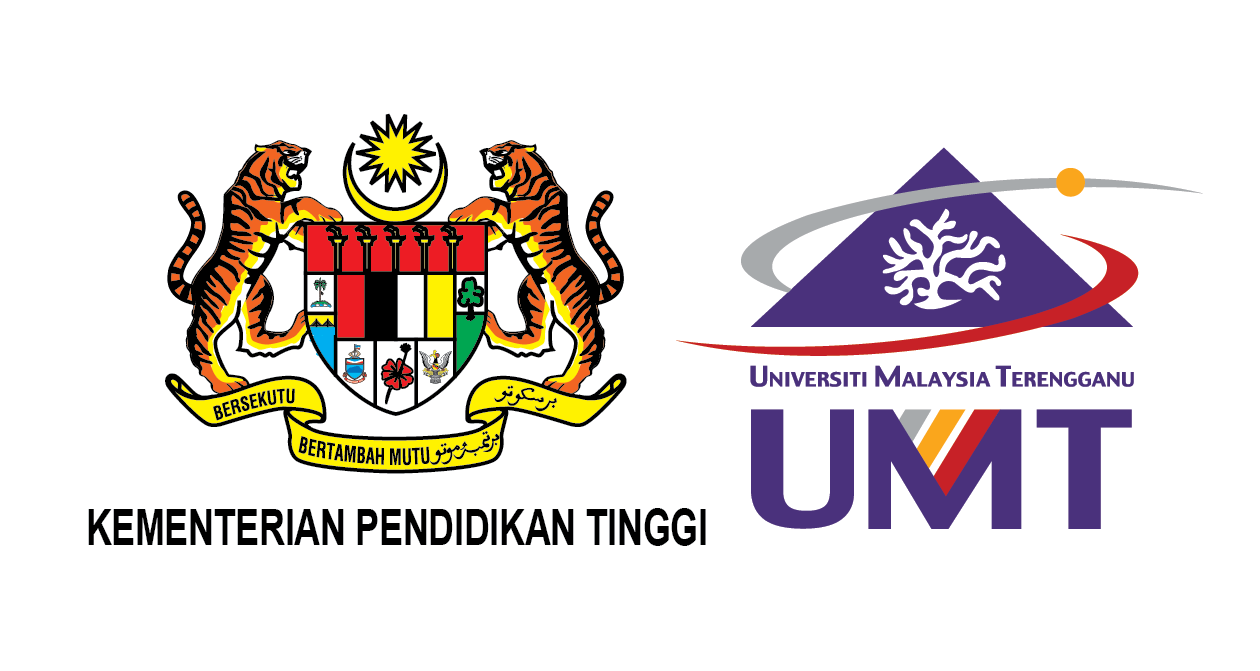Please use this identifier to cite or link to this item:
http://umt-ir.umt.edu.my:8080/handle/123456789/5922Full metadata record
| DC Field | Value | Language |
|---|---|---|
| dc.contributor.author | Thor-Seng Liew | - |
| dc.contributor.author | Liz Price | - |
| dc.contributor.author | Gopalasamy Reuben Clements | - |
| dc.date.accessioned | 2017-05-04T08:14:25Z | - |
| dc.date.available | 2017-05-04T08:14:25Z | - |
| dc.date.issued | 2016-05 | - |
| dc.identifier.uri | http://hdl.handle.net/123456789/5922 | - |
| dc.description.abstract | In a world of limited resources and so many species and habitats in need of protection, informed prioritization is essential. However, we cannot prioritize effectively if historical and current information regarding a particular habitat or species remains scattered. Several good platforms have been created to help users find, use and create biodiversity information. However, good platforms for sharing habitat information for threatened ecosystems are still lacking. Limestone hills are an example of threatened ecosystems that harbor unique biodiversity, but are facing intensifying anthropogenic disturbances. As limestone is a vital resource for the construction industry, it is not possible to completely halt forest degradation and quarrying in developing countries such as Malaysia, where 445 limestone hills have been recorded in the peninsula to date. As such, there is an urgent need to identify which hills must be prioritized for conservation. To make decisions based on sound science, collating spatial and biological information on limestone hills into a publicly accessible database is critical. Here, we compile Malaysia’s first limestone hill GIS map for 445 limestone hills in the peninsula, based on information from geological reports and scientific literature. To assist in conservation prioritization efforts, we quantified characteristics of limestone hills in terms of size, degree of isolation, and spatial distribution patterns. We also assessed the degree of habitat disturbance in each limestone hill in terms of buffer area forest degradation and quarrying activity. These data are stored in a KMZ file and can be accessed through the Google Earth interface. Rather than being viewed as a final output containing basic limestone hill information, this database should be regarded as a foundational platform for users to collect, store, update and manipulate spatial and biological data from limestone hills to better inform decisions regarding their management. | en_US |
| dc.language.iso | en | en_US |
| dc.publisher | Tropical Conservation Science | en_US |
| dc.relation.ispartofseries | Vol. 9 (2): 903-920; | - |
| dc.subject | spatial analysis | en_US |
| dc.subject | forest degradation | en_US |
| dc.subject | species extinction | en_US |
| dc.subject | Keyhole Markup Language | en_US |
| dc.subject | caves | en_US |
| dc.subject | QGIS | en_US |
| dc.subject | SAGA GIS | en_US |
| dc.subject | mykarst | en_US |
| dc.title | Using Google Earth to improve the management of threatened limestone karst ecosystems in Peninsular Malaysia | en_US |
| dc.type | Article | en_US |
| Appears in Collections: | Journal Articles | |
Files in This Item:
| File | Description | Size | Format | |
|---|---|---|---|---|
| 120 Using Google Earth to improve the management of threatened limestone karst ecosystems in Peninsular Malaysia.pdf | 1.57 MB | Adobe PDF | View/Open |
Items in UMT-IR are protected by copyright, with all rights reserved, unless otherwise indicated.

